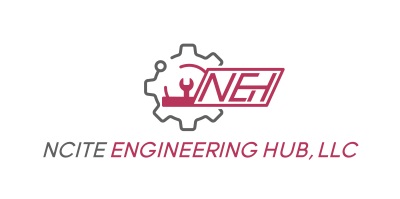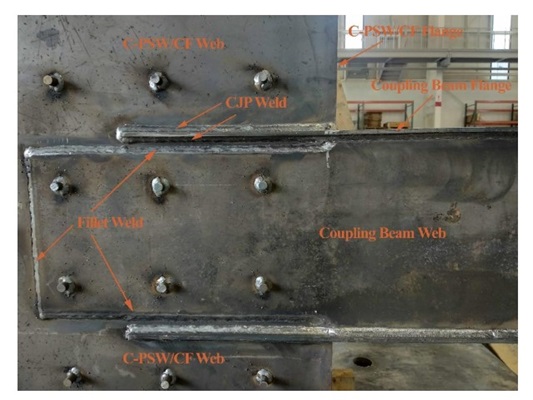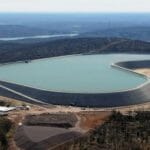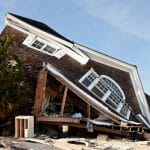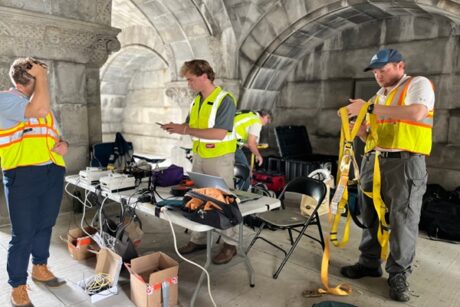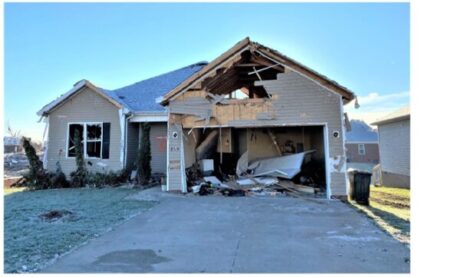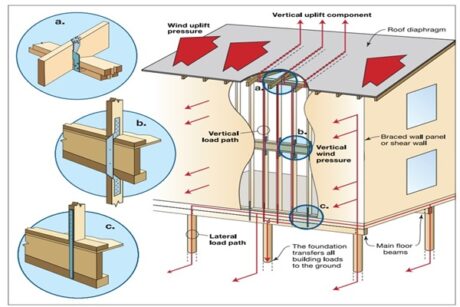- Course No E – 2093
- PDH Units: 3
No data found for Custom Course Number
No data found for Custom Course Units
- Course No E – 2093
- PDH Units: 3
Intended Audience: Civil and Structure engineers
PDH UNITS: 3
The objective of this course is to assist a licensed design professional, practicing structural engineers, forensic structural engineers, consulting engineers, building officials, educators, students and/or a licensed general contractor to deeply know, and understand the seismic analysis, design and detailing requirements of coupled composite plate shear walls /concrete filled (Coupled C-PSW/CFS) according to ANSI/AISC 341-22 and ASCE/SEI 7-22 codes. The importance of this course lies in the fact that the new current version of ASCE/SEI 7-22 code described this system as a distinct seismic force-resisting system. Unfortunately, there are not a sufficient number of references dealing with this topic, so the course was designed to be an important guide for the structural engineers working in this field. Composite Plate Shear Wall / Concrete Filled (C-PSW/CF), also known as the SpeedCore system, is an efficient seismic force-resisting system for buildings, which was already addressed in ASCE/SEI 7-16. Coupled C-PSW/CF are more ductile and have more redundancy than uncoupled composite plate shear walls, but ASCE/SEI 7-16 did not assign them seismic design coefficients in Table 12.2-1. A FEMA P695 study was conducted to substantiate the design coefficients that should be used for such coupled C-PSW/CF structures. Adding this as a separate category in Table 12.2-1 was important because modern high-rise buildings often have elevator core wall systems; many of these core walls could utilize the coupled C-PSW/CF systems. Two line items featuring this system are now added to ASCE/SEI 7-22 Table 12.2-1 under Building Frame Systems and Dual Systems with Special Moment Frames. R = 8, C d = 5.5, and Ω0 = 2.5 are the design coefficients in both line items. The height limits are the same as for corresponding uncoupled isolated wall systems.
Learning Objectives
At the successful conclusion of this course, you’ll be able to identify and discuss:- Gaining a general overview of the definition and components of the coupled composite plate shear wall / concrete filled (C-PSW/CF) Systems as specified in ASCE/SEI 7-22 Code
- Overview of a detailed discussion of the scope of coupled C-PSW/CF system along with dimensional constraints and geometric requirements as specified in ASCE/SEI 7-22 Code
- Gaining a general overview of the design and detailing requirements for coupled composite plate shear walls / concrete filled (Coupled C-PSW/CFs) according to ASCE/SEI 7-22 and ANSI/AISC 341-22 Codes
- Gaining a general overview of the requirements for the coupling beam-to-wall connections according to ASCE/SEI 7-22 and ANSI/AISC 341-22 Codes
- Gaining a general overview of the requirements for composite wall-to-foundation connections according to ASCE/SEI 7-22 and ANSI/AISC 341-22 Codes
- Gaining a general overview of the requirements for protected zones in the composite walls and coupling beam according to ANSI/AISC 341-22 Code
- Gaining a general overview of the coupled composite plate shear wall / concrete filled (C-PSW/CF) System in FEMA P695
- Showing the detailed design example (step by step) of an 18-story office building using a coupled C-PSW/CF system according to ASCE/SEI 7-22 and ANSI/AISC 341-22 Codes.
Once completed, your order and certificate of completion will be available in your profile when you’re logged in to the site.

